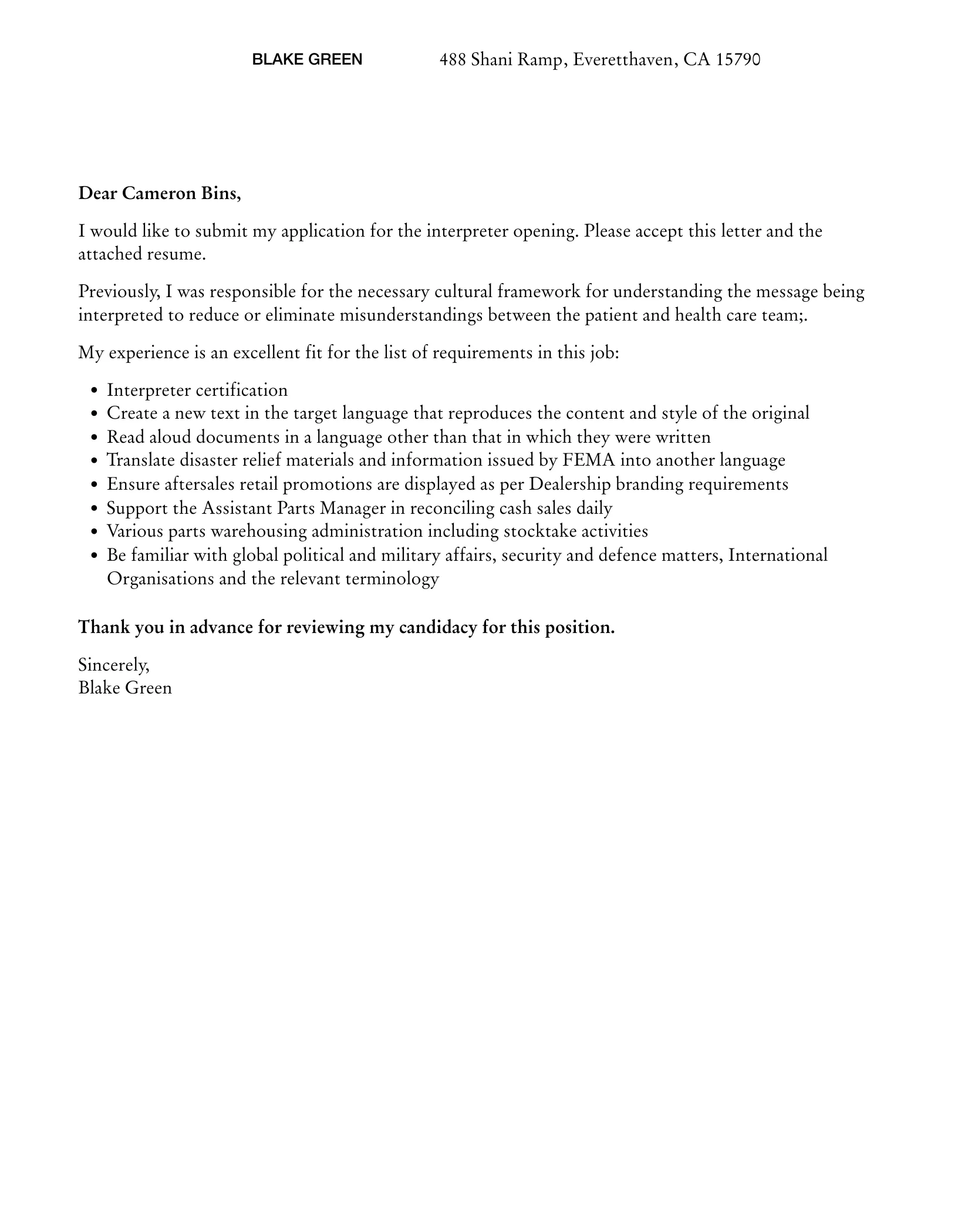What is a Cover Letter Interpreter?
In the competitive world of job applications, a well-crafted cover letter can be the difference between getting noticed and being overlooked. A cover letter interpreter is a sophisticated tool designed to analyze and assess the effectiveness of your cover letter. It operates like a virtual editor, providing feedback and suggestions to improve clarity, impact, and overall appeal. The primary goal of a cover letter interpreter is to help you create a compelling document that highlights your skills, experiences, and qualifications in a way that resonates with potential employers. It does this by examining various elements of your cover letter, from the structure and tone to the specific language and keywords used. Think of it as a personal assistant that helps you refine your cover letter to make it stand out from the competition and increase your chances of landing an interview.
Understanding the Components of a Cover Letter
Before diving into how a cover letter interpreter works, it’s crucial to understand the key components of a well-structured cover letter. These elements work together to present a cohesive and persuasive argument for why you are the ideal candidate for a particular role. A cover letter typically includes several distinct parts, each serving a specific purpose in communicating your value to the employer. Understanding these components is essential for both writing an effective cover letter and for understanding the feedback provided by an interpreter. Properly structuring the letter will make it easier for the interpreter to do its job. Here is a brief look at each of those components:
Header
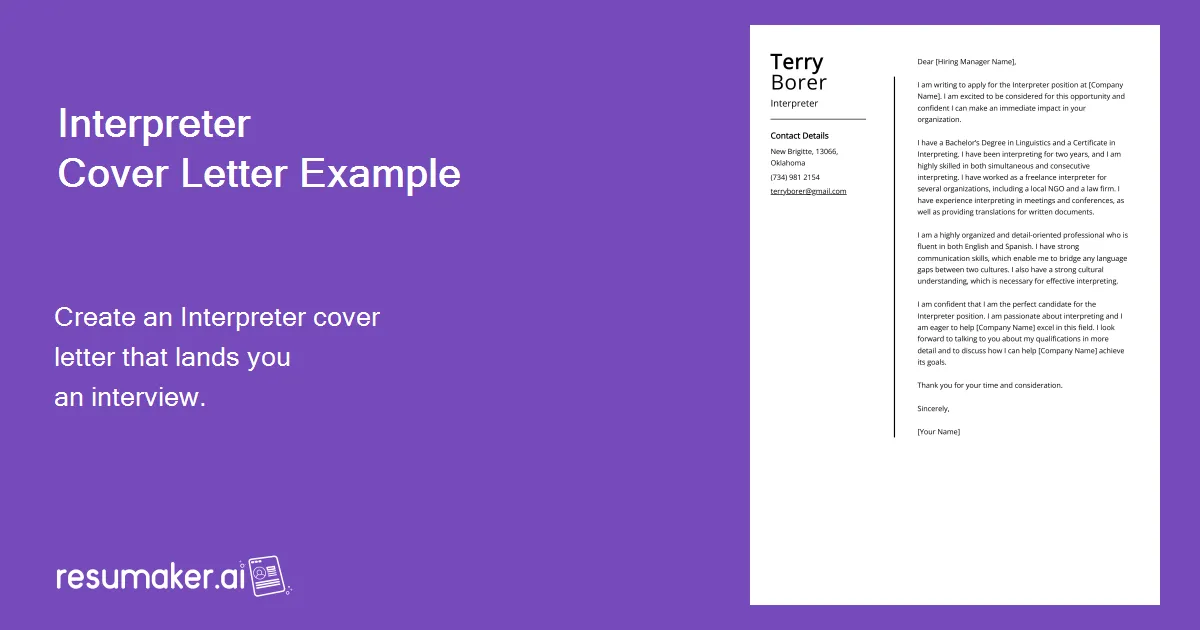
The header of your cover letter includes your contact information (name, address, phone number, email) and the date. It should be professional, clear, and easily accessible. The header sets the tone for the entire document and provides the employer with the means to contact you. Make sure your contact information is up-to-date and accurate; a simple typo here could mean missing out on a job opportunity.
Salutation
The salutation is how you greet the hiring manager or the person to whom you are addressing the letter. The most professional approach is to use “Dear [Hiring Manager Name],” If you don’t know the hiring manager’s name, “Dear [Job Title] Hiring Manager” or a general greeting like “Dear Hiring Team” can be used. Avoid generic salutations like “To Whom It May Concern” as they can come across as impersonal. Getting the salutation right shows that you’ve taken the time to research and personalize your application.
Body Paragraphs
The body paragraphs are the core of your cover letter, where you make your case for why you’re a good fit for the job. They should highlight your relevant skills, experiences, and accomplishments. These paragraphs need to be well-organized, clearly written, and compelling. You should aim to explain why you are interested in the specific position and the company and how your background aligns with the job’s requirements. Use specific examples to demonstrate your abilities, and quantify your achievements whenever possible. Remember, the body paragraphs are your opportunity to tell your story and sell yourself to the employer.
Conclusion
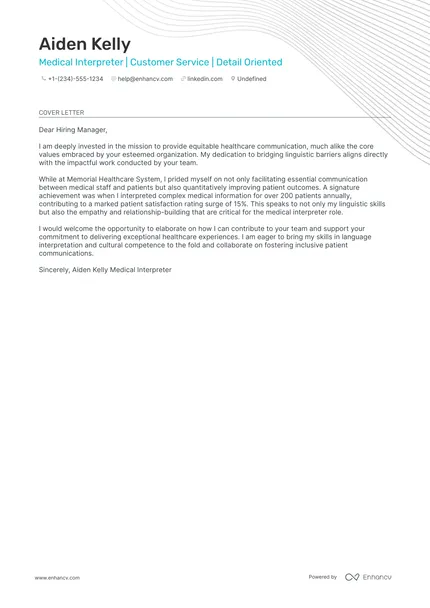
The conclusion is the final paragraph of your cover letter. It summarizes your interest in the position and expresses your enthusiasm for the opportunity. It is also the place where you thank the employer for their time and consideration. A strong conclusion includes a call to action, encouraging the employer to contact you for an interview. Reiterate your key strengths and express your eagerness to discuss how you can contribute to the company’s success. End with a professional closing, such as “Sincerely” or “Best regards”, followed by your name.
How a Cover Letter Interpreter Analyzes Text
A cover letter interpreter uses a combination of Natural Language Processing (NLP) and other analytical techniques to dissect your cover letter and assess its effectiveness. These tools are designed to examine different aspects of your writing, from the words you use to the overall structure of your letter. The process typically involves several key steps, each contributing to a comprehensive evaluation of your application. These steps are designed to provide a detailed understanding of how your cover letter performs. By understanding these processes, you can better appreciate the feedback provided by the interpreter and make informed revisions.
Keyword Identification and Analysis
One of the first things a cover letter interpreter does is identify and analyze the keywords in your letter. It looks for terms and phrases that are relevant to the job description and industry. The interpreter determines whether you have included the necessary keywords and how well you’ve integrated them into your writing. Analyzing keywords is crucial because many companies use Applicant Tracking Systems (ATS) to screen resumes and cover letters. An interpreter helps you ensure your cover letter includes the essential keywords to pass through the ATS and grab the hiring manager’s attention. It can also provide insights into whether you’re using the right terminology and whether you’ve highlighted the most relevant skills and experiences.
Tone and Style Assessment
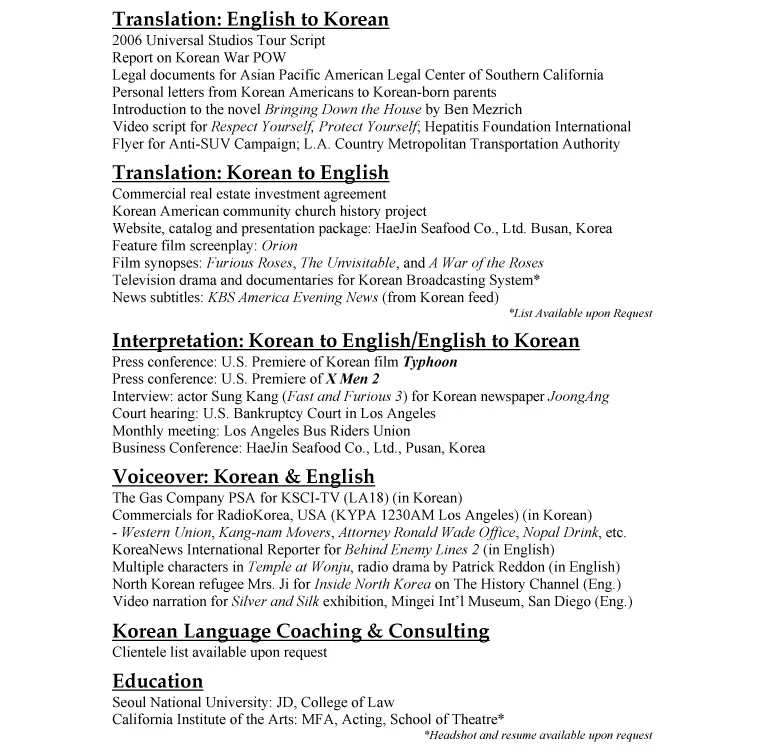
A cover letter interpreter assesses the tone and style of your writing to make sure it aligns with professional standards. It checks for formality, clarity, and overall impact. The interpreter can identify overly casual language, passive voice, or other stylistic choices that could detract from your message. A polished, professional tone is essential for making a positive first impression. It assesses the overall style, making sure it’s engaging and persuasive. The goal is to ensure your cover letter is not only informative but also captivates the reader and encourages them to learn more about your qualifications.
Content Structure Evaluation
The structure of your cover letter plays a critical role in its effectiveness. The interpreter evaluates the organization of your content, ensuring it flows logically and highlights your key strengths. It checks for a clear introduction, body paragraphs that effectively showcase your skills and experience, and a strong conclusion. It identifies whether you’ve used appropriate formatting, such as bullet points or numbered lists. Well-structured content is easier to read and comprehend, allowing the hiring manager to quickly grasp your qualifications and understand why you’re a good fit for the job. A well-structured letter increases the chances of your application being considered favorably.
Benefits of Using a Cover Letter Interpreter
Using a cover letter interpreter offers several advantages that can significantly improve the quality of your job applications and boost your chances of getting hired. By providing targeted feedback and suggestions, these tools help you refine your writing, making your cover letter more compelling and effective. These advantages are designed to improve your overall application success. Below are some of the key benefits:
Improved Clarity and Conciseness
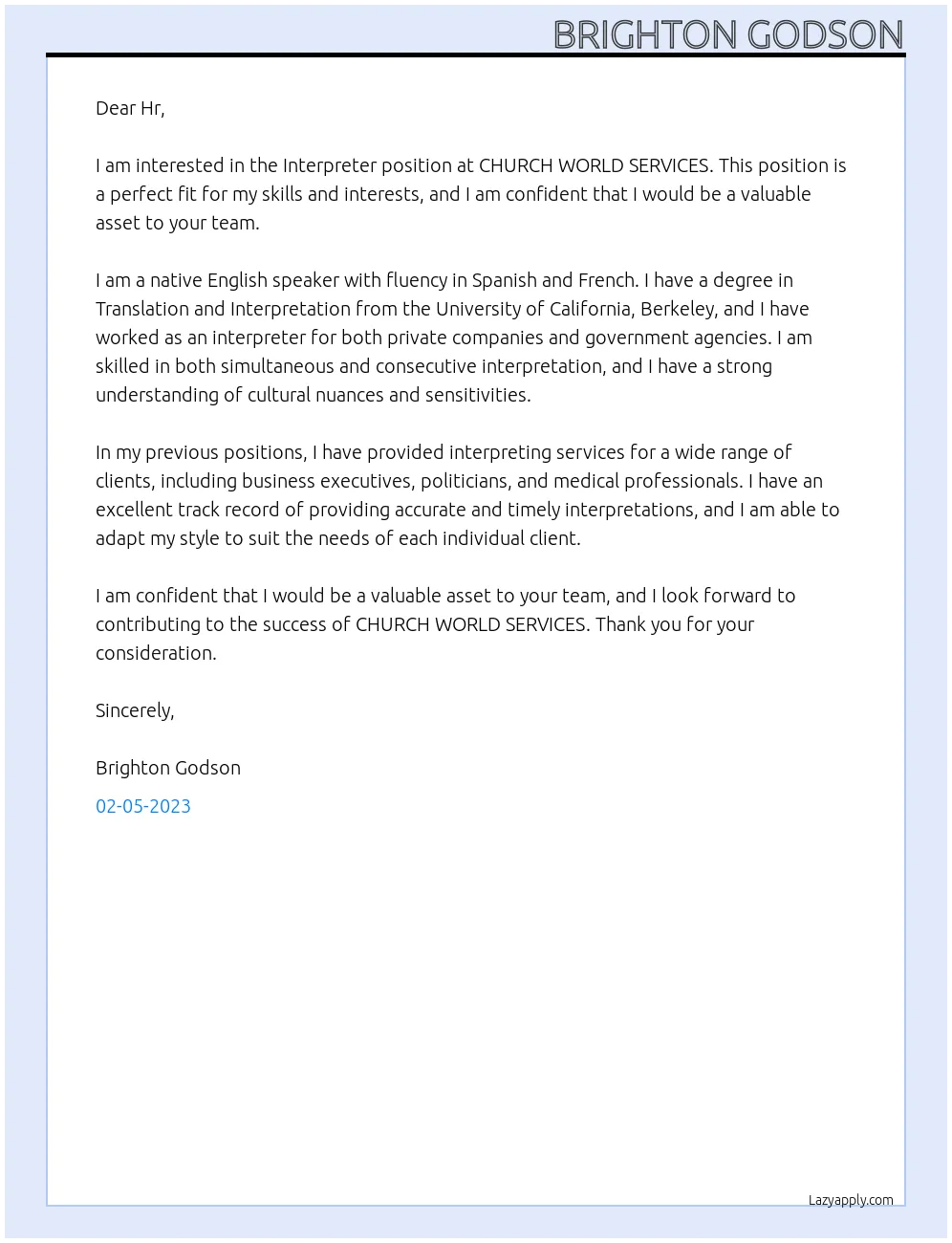
One of the primary benefits of using a cover letter interpreter is the improvement in clarity and conciseness of your writing. The interpreter can identify wordy phrases, jargon, and unclear statements, suggesting ways to simplify your language and make your message more direct. Clarity and conciseness are essential for making a strong impression. A well-written cover letter should communicate your value to the employer. Using an interpreter helps you eliminate any ambiguity or unnecessary words, ensuring your qualifications and experiences are easy to understand and appreciate. This improvement is also a boost to the overall quality of your application.
Enhanced Personalization
A cover letter interpreter can help you personalize your cover letter to match the specific requirements of each job application. It analyzes your writing to make sure you are highlighting the most relevant skills and experiences for each role. The interpreter can help identify areas where you can tailor your letter to the company’s values and the hiring manager’s needs. Personalization is crucial to making your cover letter stand out from the competition. Demonstrating that you have taken the time to understand the role and the company significantly increases your chances of making a positive impression. The interpreter is designed to make sure your cover letter is customized for maximum impact.
Error Detection
Cover letter interpreters can identify grammatical errors, spelling mistakes, and punctuation issues, ensuring your cover letter is polished and professional. These errors can distract the hiring manager from your qualifications, and in the worst cases, damage your credibility. By catching and correcting these errors, an interpreter helps you present yourself in the best possible light. This leads to a much better chance of being considered seriously for the job. This is an essential benefit for any job seeker, ensuring a flawless and professional presentation of your application.
Optimized Formatting
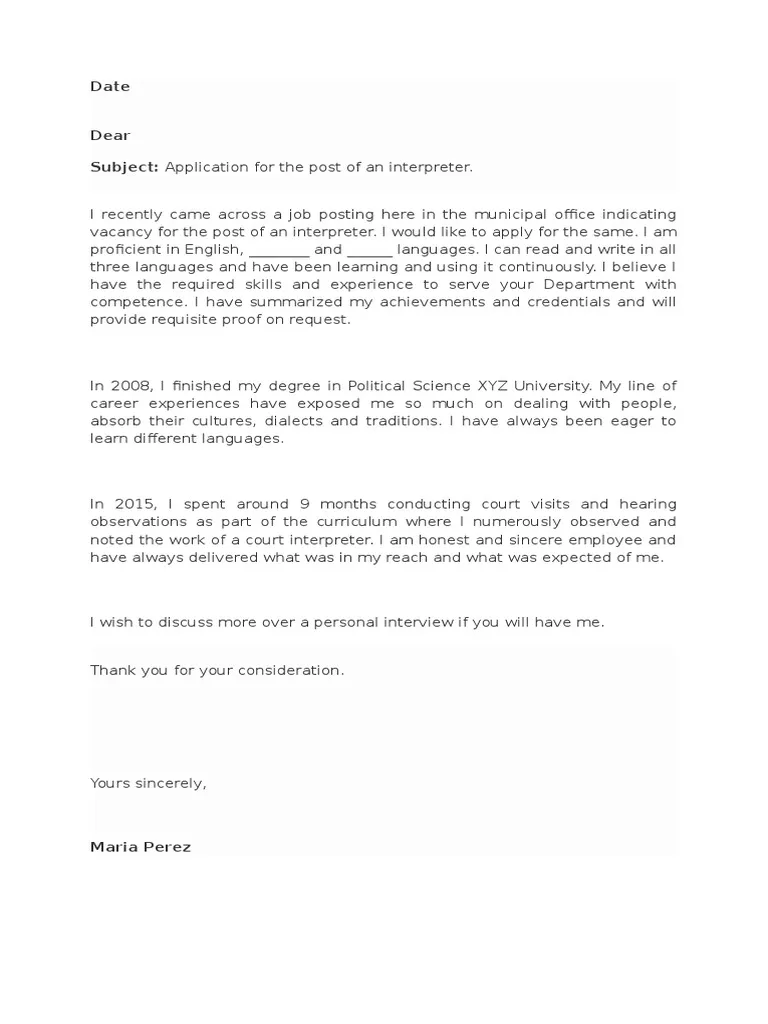
Many cover letter interpreters can help you optimize the formatting of your cover letter, ensuring it’s easy to read and visually appealing. This includes suggestions on font choices, spacing, and layout. Formatting can significantly impact how your cover letter is received. A well-formatted document is easier to read and conveys professionalism. The interpreter ensures your cover letter is not only well-written but also visually pleasing, making it more likely to capture the hiring manager’s attention. Proper formatting is important for showcasing your skills and experiences effectively.
How to Use a Cover Letter Interpreter Effectively
To get the most out of a cover letter interpreter, you should use it thoughtfully and strategically. The tools are designed to provide guidance, but the ultimate goal is to make sure you understand the feedback. The process involves several steps, from inputting your cover letter to making revisions based on the interpreter’s feedback. By following these steps, you can use a cover letter interpreter to significantly improve your job applications and maximize your chances of success. Here’s a step-by-step guide to help you use these tools effectively:
Inputting Your Cover Letter
The first step is to input your cover letter into the interpreter. Most tools allow you to either copy and paste your text directly or upload a document. Make sure your cover letter is in a suitable format (e.g., Word, plain text) for analysis. Double-check that the text is accurate before submitting it for analysis. Any errors in your initial input can affect the accuracy of the results. Carefully read and review the input to ensure all the elements of your cover letter are in place.
Analyzing the Results
Once you’ve submitted your cover letter, the interpreter will analyze it and provide feedback. This feedback can include suggestions for improvement in areas such as clarity, conciseness, keyword usage, and overall tone. The interpreter may highlight specific sections of your letter or provide general comments on the content. Carefully read the results, noting the areas the interpreter identifies as needing attention. You will be able to see exactly where the interpreter suggests improvements, which will let you make informed changes to your cover letter.
Making Revisions Based on Feedback
The most important part of the process is making revisions to your cover letter based on the interpreter’s feedback. Carefully consider each suggestion and make the necessary changes. This might involve rewriting certain sections, adding or removing keywords, or adjusting the tone of your writing. Take your time and make sure you understand the reasoning behind each suggestion before making the changes. Make sure that each of your revisions reflects the suggestions made by the interpreter. This will produce a cover letter that is significantly improved.
Tools and Platforms for Cover Letter Interpretation
Several tools and platforms offer cover letter interpretation services, each with its own features and capabilities. Some of these tools are free, while others offer premium features for a fee. Choosing the right tool depends on your specific needs and budget. It’s important to research and compare different options to find the one that best suits your needs. There are many options, so take the time to find the best fit for you. Here’s a look at some popular tools and platforms:
In conclusion, a cover letter interpreter is a valuable tool for anyone looking to improve their job applications. By providing detailed feedback and suggestions, it helps you create a compelling cover letter that effectively showcases your skills and experiences. Using these tools strategically can greatly increase your chances of landing an interview and ultimately securing your dream job.
